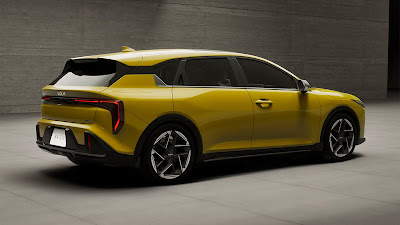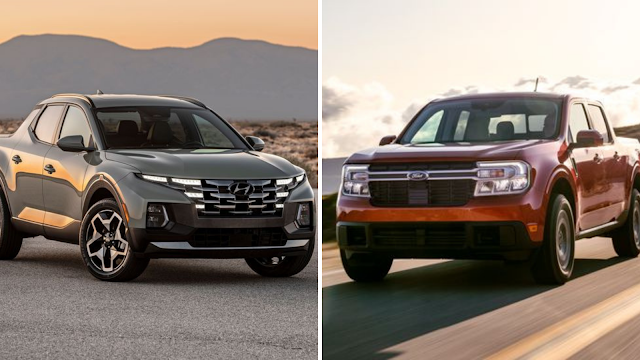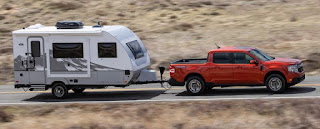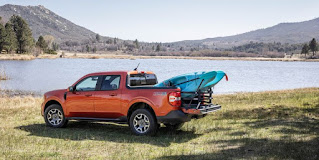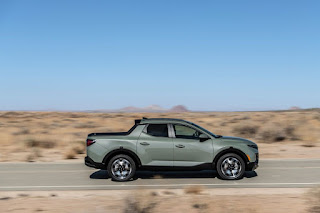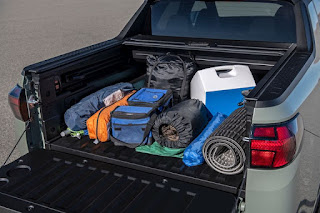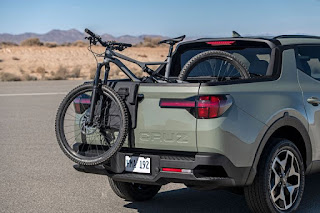If someone told me in the year 2000, when I was in the height of my personal Pokémon excitement, that more than 20 years later, people would be tripping over themselves to buy Pokémon cards and leaving shelves bare within minutes, I would have told them that they were crazy. Yeah, Pokémon was big at the time, but there is no way the hype could survive for a quarter of a century.
However, that is exactly the situation we find ourselves in today. With a pandemic raging around us for almost a full year, people are grabbing onto anything to give them some form of escapism from social distancing, face mask mandates, and Zoom meetings. The result is that products that used to be fairly easy to find have become practically nonexistent on store shelves as limited production capacity due to the pandemic is compounded by insatiable demand.
First it was bicycles. With gyms, restaurants, movie theaters, and other shopping centers closed or operating under reduced hours, people turned to riding bikes just to get out of the house and get some fresh air and exercise. Bike shops around the country experienced business like they had never seen before, with supply unable to keep up with demand. In my neck of the woods in New Hampshire, Goodale's Bike Shop in Nashua saw a 30 percent increase in floor sales and a 900 percent increase in internet sales by July 2020. Ryan Maszczak, the store's chief operating officer also reported that his repair shop and service department were at full capacity.
Then it was home pool systems. Public beaches remained closed or heavily restricted this past summer, forcing people to cool off at home instead. Pool stores were mobbed with customers once they could reopen safely, while phones were reported to be ringing off the hook and online orders continued to come at a breakneck pace.
So this brings us to Pokémon. Like other industries, the Pokémon Company had to shut down production of its products until its factories could guarantee the safety of their workers. Supply was reduced while demand soared. Card collecting is something that can be enjoyed from home, so naturally, lots of people turned to Pokémon and other collectible card brands to pass their time.
Meanwhile, a series of incidents were making their rounds on the Internet. High quality cards from some of Pokémon's first ever sets sold for tens or even hundreds of thousands of dollars. There was a first edition holographic shadowless Venusaur card which sold for $50,000. A Pikachu Illustrator card, one of the rarest cards in existence, changed hands in a deal worth an estimated $900,000. On top of that, popular PokéTubers, Pokémon Trading Card Game collectors and/or competitive players who share their passion through their YouTube channels, were posting daily videos of themselves opening piles of boxes and booster packs in search of the rarest and most valuable cards. As they open packs, these individuals constantly reiterate how important these cards are as collector's items or as the winning ingredient in a competitive Pokémon Trading Card Game deck.
While this is nothing new - in fact, I routinely watch content on these channels to see which cards are worth pulling from certain sets and if the pull rates for particular sets are any good in the first place - other, less desirable influencers have latched onto Pokémon lately and are now fueling an additional wave of speculation and emboldening those who see the cards solely in how much money they are worth.
 |
Champion's Path and Shining Fates have been two sets most
severely targeted by bulk buyers. With the potential to pull a
Shiny Charizard in each set, collectors are buying everything
they can find for themselves and scalpers are forcing people
to pay big money for the chance to pull one of these cards. |
On the day I bought a Shining Fates Elite Trainer Box, I was fortunate to clock out of work shortly after the trading card merchandiser was replenishing my store's stock. Waiting for her were between 10 and 15 individuals with empty shopping baskets in their hands. I witnessed with my own eyes as they took Elite Trainer Boxes and other Shining Fates products off the shelves nearly as soon as she placed them down. It was exactly like watching vultures swarming a carcass in a nature documentary. I couldn't help but shake my head as people walked off with armloads of products. My store has a trading card policy that people can only purchase three of a product, but I guess it can be interpreted as being able to purchase three of each Pokémon product. And it's not just Pokémon. They also carried away boxes of basketball, football, and baseball cards as well.
I strongly disapprove of buying Pokémon trading card products en masse like this, because I'll bet anything that these people are just flipping them online for a profit. Shining Fates Elite Trainer Boxes have an MSRP of $49.99. However, I have seen some listed on eBay for anywhere between $80 and $100. Well, if the supply is being gobbled up by scalpers, regular people are going to be forced to buy things at their exorbitant prices.
All of this is especially disheartening because 2021 is the 25th anniversary of the Pokémon franchise. A number of promotions have already happened this year, and every one of them has been ruined by scalpers. McDonalds Happy Meals are being bought in bulk by greedy adults just for the special edition Pokémon cards inside. Or in the case of the General Mills cereal promotion, people aren't even bothering to buy the food. They're just ripping boxes open and stealing the cards for themselves. I already mentioned how dozens of people are staking out trading card displays waiting for merchandisers to restock shelves like it's Star Wars Force Friday or something. I can also add that violence have reportedly broken out in some places between people fighting over Pokémon products. It's gotten so bad at my local store, that the merchandiser has resorted to handing things over at the customer service counter because she no longer feels safe.
The Pokémon Company made an announcement last month that it acknowledges the shortage in trading card products and is working hard to increase its printing capacity. "For new Pokémon TCG expansions launching in the future, we are maximizing production to increase product availability upon release, and we will continue to reprint the products to replenish stock at retailers as soon as possible."
Only by increasing supply and by spreading awareness of this major problem can we hopefully drive scalpers out. In the meantime, please do not play the scalpers' game. We need to stand together and encourage our stores to crack down on scalpers, ask them to impose strict product limits, and let everyone have a fair shot at getting the products they want at a fair price. It is my hope that once the pandemic is over, supply chains get back to normal, and life returns to the way it used to be, these dirtbags will go back to whatever hole they crawled from. When exactly will that be? Only time will tell.
Before I go, I want to share one last thing that links the Pokémon card craze with other examples of rampant speculation in recent months, such as GameStop stock and Dogecoin. I mention this as a warning for what all of this may mean in the grand scheme of things. I first became aware of this while watching the February 22 episode of Tucker Carlson Tonight. In one segment, Carlson brings up American investor Michael Burry and Burry's concern regarding the federal government's plan to print more money to fight the economic effects of the COVID-19 pandemic. Carlson mentioned a series of Twitter posts by Burry, where Burry quotes the 1974 book Dying of Money by Jens O. Parsson. The book details the dangers of inflation, using the hyperinflation Germany experienced following World War I as an example of what could happen to the United States if it embraces the notion that everything can be solved with more money in the system.
The following quotes from the book were shared:
Right before it collapsed, the German economy exhibited “…unmistakable characteristics. One was the great wealth, at
least of those favored by the boom…Many great fortunes sprang up overnight…The
cities, had an aimless and wanton youth. Prices in Germany were steady… and
both business and the stock market were booming. The exchange rate of the mark
against the dollar and other currencies actually rose for a time, and the mark
was momentarily the strongest currency in the world… Side by side with the
wealth were pockets of poverty. Greater numbers of people remained on the
outside of the easy money, looking in, but not able to enter. Accounts of the time tell of a progressive demoralization which crept
over the common people, compounded of their weariness with the breakneck pace,
to no visible purpose and their fears from watching their own precarious
positions slip, while others grew so conspicuously rich… Speculation alone,
while adding nothing to Germany’s wealth, became one of its largest activities…
The fever to join in turning a quick mark infected nearly all classes. Everyone
from the elevator operator up was playing the market.”
Sound familiar?




